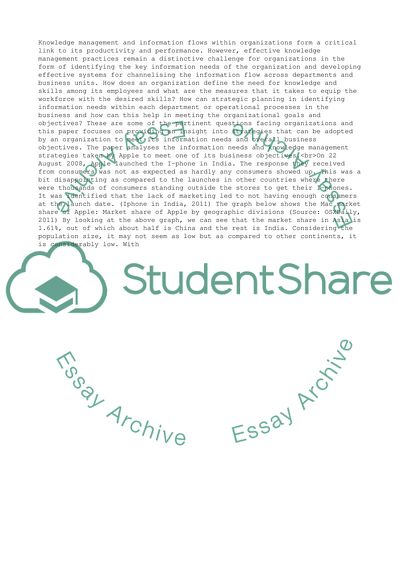Cite this document
(“Managing Communications, Knowledge and Information Essay”, n.d.)
Retrieved from https://studentshare.org/management/1412893-managing-communications-knowledge-and-information
Retrieved from https://studentshare.org/management/1412893-managing-communications-knowledge-and-information
(Managing Communications, Knowledge and Information Essay)
https://studentshare.org/management/1412893-managing-communications-knowledge-and-information.
https://studentshare.org/management/1412893-managing-communications-knowledge-and-information.
“Managing Communications, Knowledge and Information Essay”, n.d. https://studentshare.org/management/1412893-managing-communications-knowledge-and-information.


